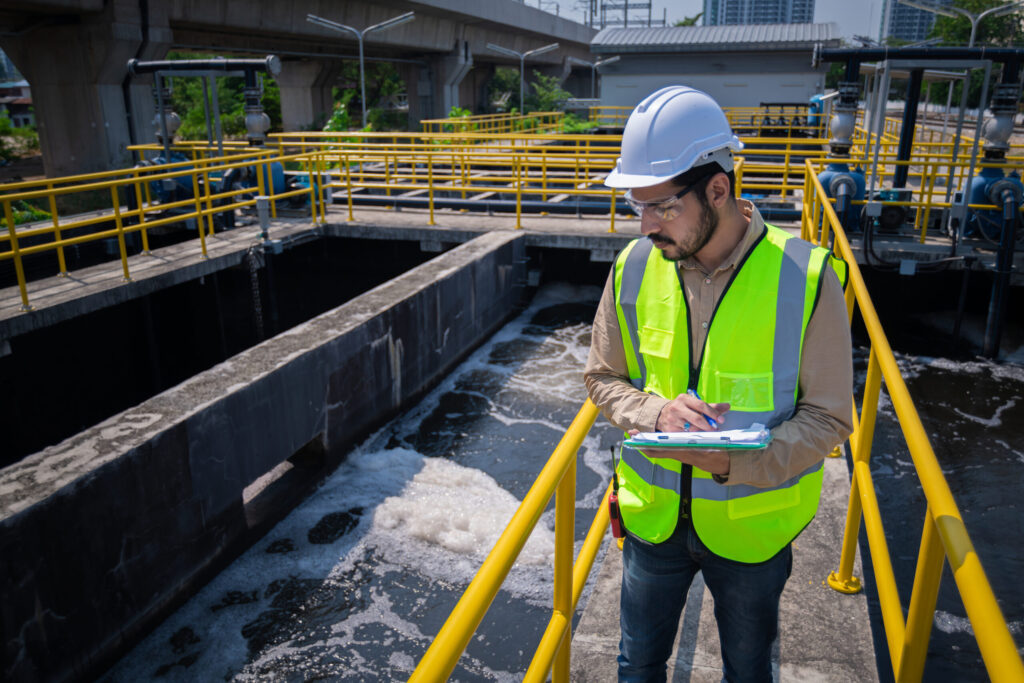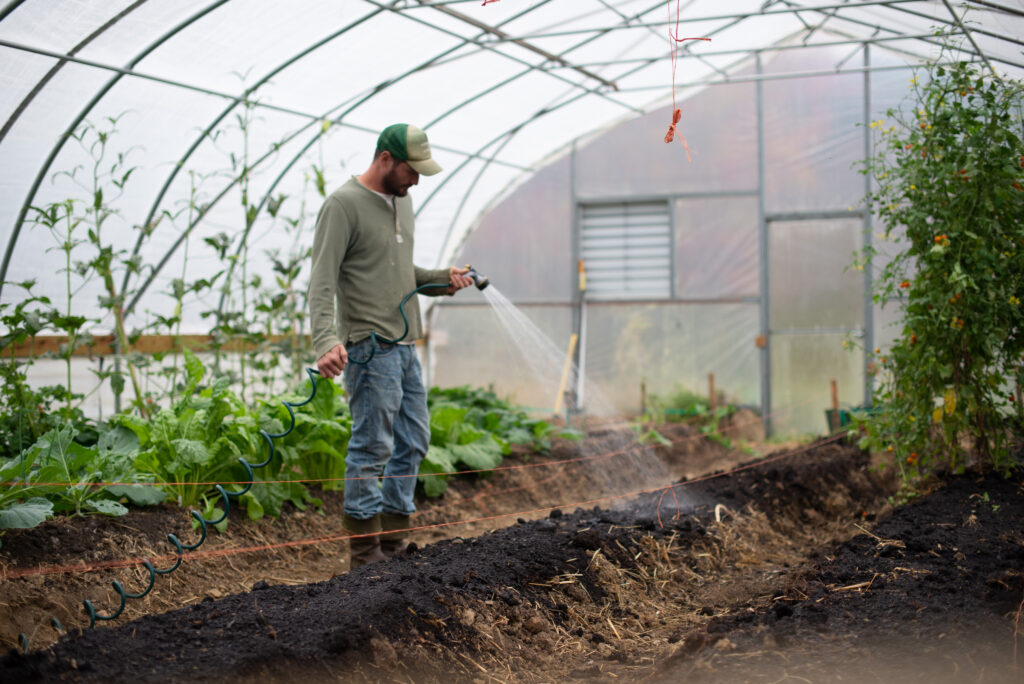Certification to the AWS Standard is confirmation of having met the global benchmark for responsible water stewardship. Only with certification can organisations and businesses provide the assurance to external and internal stakeholders that your claims of good water stewardship are credible.
Certified sites use their AWS Standard certification to demonstrate the efficacy of their water stewardship practices to a range of audiences, including retail customers, wholesalers, consumers, government agencies, regulators, NGO’s, local civil society organisations, local communities, investors and development financiers, and more.


The AWS Standard is applicable to all water using sites, regardless of size, location and operational complexity. The focus of the AWS Standard is the operational site and its local catchments, but with a broader goal to include indirect water use in its supply chain. In addition to individual site certification, group certification is offered under the AWS Standard.
There AWS Standard has three levels of certification:
The different levels reflect the fact that good water stewards are continually adapting and improving their response to changing local water contexts.
All Core level criteria must be met as a minimum requirement; additional sets of criteria (Advanced Indicators) must be met to obtain the higher certification levels.
Single Site certification defines the site as the physical area over which the implementing organisation owns or manages land and carries out its principal activities. Certification of group operations may be more effective and enable sites to share knowledge and resources for collective actions, regardless of the area where the sites are located.
The site is the physical area over which the implementing organisation owns or manages land and carries out its principal activities. In most cases, it is a contiguous area of land, but it may also include physically separated but nearby areas (especially if it is in the same catchment).
Group certification can be considered when two or more sites apply together to obtain AWS Certification. The AWS Standard is implemented at each site, but the outcome of the certification process is a certificate for all sites covered in the scope of the assessment.
Still not sure which certification is right for you? Get in touch with AWS’s assurance provider, Water Stewardship Assurance Services (WSAS), to learn more.
Download the AWS Standard for free and familiarise your site with it. Once your are ready to get started on your water stewardship journey, contact AWS to discuss how to begin.
AWS Standard System Training will equip you with the skills you need to become an effective water steward.
To move forward with AWS Certification you must complete and submit the site registration form on the AWS website. This step is required.
Work within your organisation to complete the five steps of the AWS Standard. This can be done internally within your organisation or with the help of a consultant, such as an AWS Professionally Credentialed individual.
Sites are required to schedule an audit with Water Stewardship Assurance Services (WSAS), the mission-driven assurance provider for the AWS Standard. WSAS can provide helpful information on the step-by-step process.
Download the AWS Certification Requirements
Learn about the costs and read the WSAS step-by-step guide to get certified
*This step is optional
Certification to the AWS Standard demonstrates that a site has successfully completed each of the five steps that are involved. It enables businesses to make credible claims about their commitment to water sustainability and can increase investor confidence, improve brand perception and strengthen customer relationships.
There are now more than 350 AWS certified sites globally. Browse our interactive map using the links below.
The following sites are seeking certification against the AWS Standard. The general public and other stakeholders are invited to provide comments as outlined in the relevant Stakeholder Announcement.
Certifying sites must release a stakeholder announcement on their website and in local media, that informs stakeholders of their intention to pursue AWS certification. This announcement must provide an opportunity for stakeholders to either meet with the audit team or submit written submissions if preferred
No.27 Dongwu Avenue, Dongxihu District, Wuhan City, Hubei Province | AWS-000816
No. 338, Fangzhou Road, Suzhou Industrial Park, Suzhou City, Jiangsu Province | AWS-000855
No. 318, Fangzhou Road, Suzhou Industrial Park, Suzhou City, Jiangsu Province | AWS-000856
Parque Industrial Solarium, Liberia Guanacaste 50101 | AWS-000696
48 route de Bergheim, Ribeauville, Alsace, 68150 | AWS-000422
Korpi Factory, Monastiraki, Vonitsa, Aitolokarnania, 30002 | AWS-000107